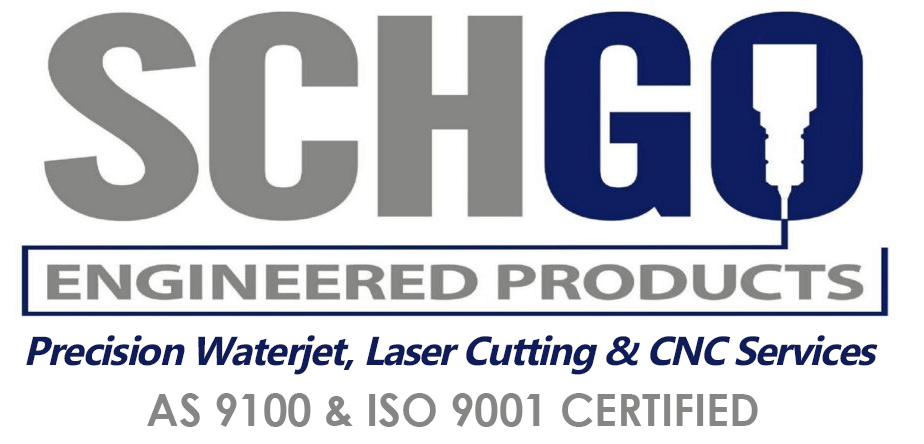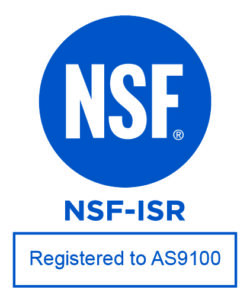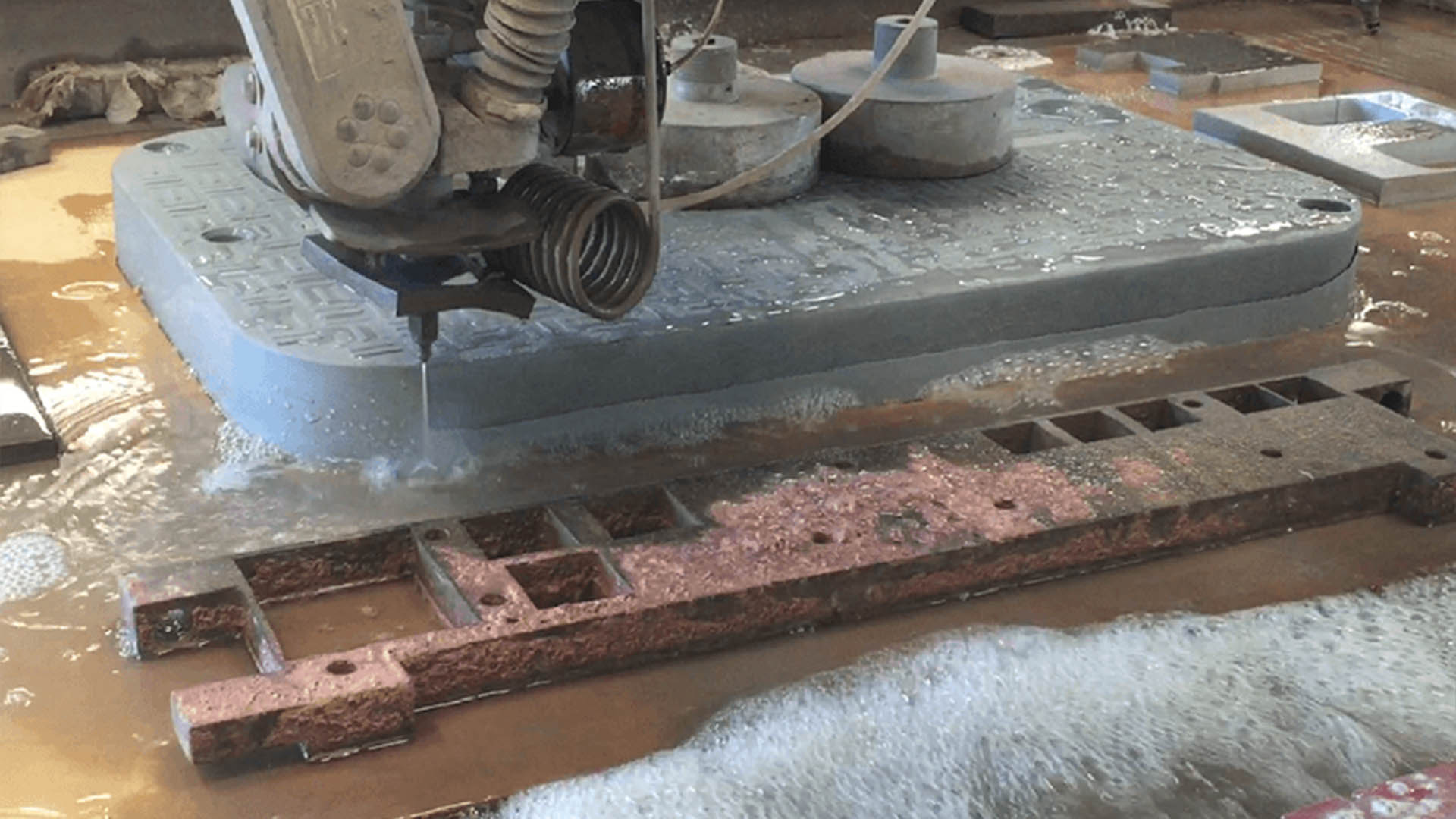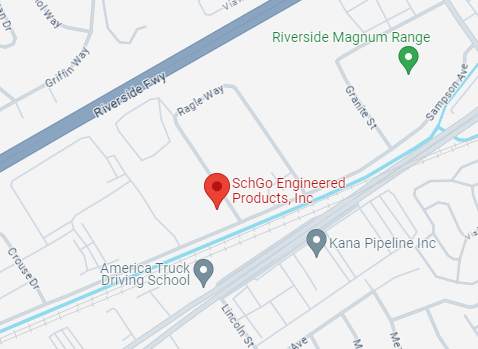When embarking on a waterjet cutting project, the choice of materials plays a crucial role in achieving desired results. With various factors influencing material selection, understanding key considerations becomes essential. Let’s explore the pivotal factors to consider when selecting materials for waterjet cutting applications.

- Material Composition: The composition of the material significantly impacts its suitability for waterjet cutting. Materials such as metals, plastics, composites, and natural stones each have unique properties that affect cutting efficiency and quality. Understanding the composition of the material helps in choosing the most compatible option for waterjet cutting.
- Material Thickness: Waterjet cutting is versatile and can accommodate a wide range of material thicknesses. However, the thickness of the material affects cutting speed, precision, and edge quality. Thicker materials may require adjustments in cutting parameters to achieve desired results. Evaluating material thickness ensures optimal cutting performance and efficiency.
- Material Hardness: The hardness of the material influences the cutting process and the lifespan of cutting equipment. Harder materials, such as metals or ceramics, may require higher pressure and abrasive usage to achieve clean cuts. Conversely, softer materials may be prone to deformation or warping during cutting. Considering material hardness helps in selecting appropriate cutting techniques and equipment.
- Material Cost and Availability: Cost and availability are practical considerations that influence material selection for waterjet cutting projects. While certain materials may offer desirable properties, they may come with higher costs or limited availability. Assessing the cost-effectiveness and accessibility of materials ensures alignment with project budget and timeline constraints.
- Material Finish and Edge Quality: The desired finish and edge quality of the final product impact material selection decisions. Some materials may produce smoother edges with minimal post-processing, while others may require additional finishing steps for desired surface characteristics. Considering material finish requirements ensures the achievement of desired aesthetics and functional properties.
Selecting the right materials for waterjet cutting projects is crucial for achieving optimal results in terms of cutting efficiency, quality, and cost-effectiveness. By considering factors such as material composition, thickness, hardness, cost, availability, and finish requirements, you can make informed decisions that lead to successful outcomes. At SchGo Engineered Products, we’re committed to providing you with expert guidance and support to help you navigate material selection challenges and achieve your project goals.




